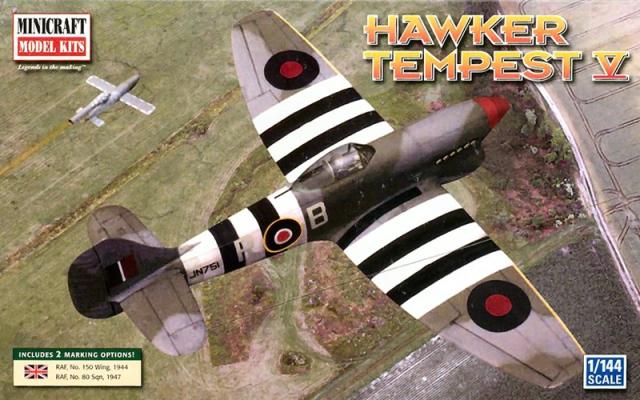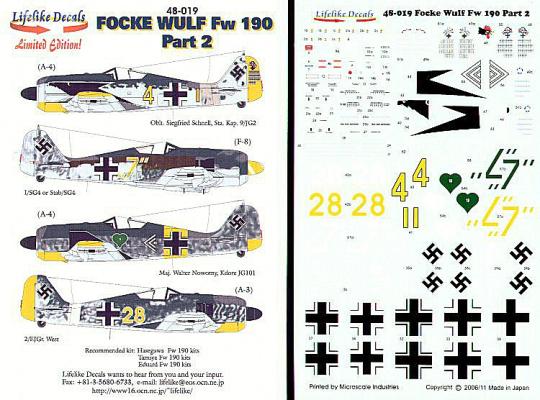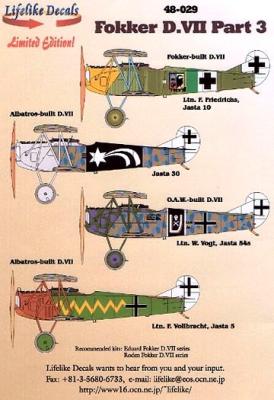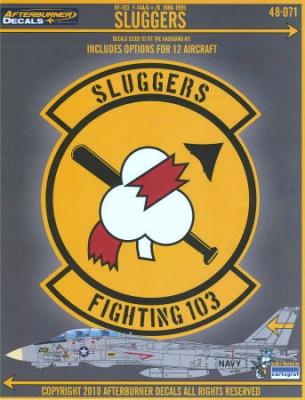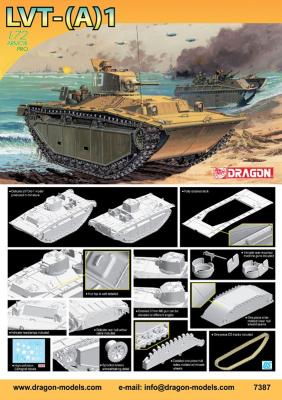The Aircraft
The Tempest was a follow-on for the Hawker Hurricane and Typhoon. Through the Typhoon and Tempest development, Hawkers had problems with several new systems, and the Air Ministers were ready to scrap the new aircraft programs. One of the people who successfully argued for their retention and one of the problem solvers was Roland P. Beamont.
The resulting aircraft was very fast, quite maneuverable, and a success against the Luftwaffe. But its biggest use in late World War II was against V-1 flying bombs. The Tempest had the speed and toughness to fly alongside a V-1 and tap the wing tip of the missile. This would cause the gyros in the navigation computer to tumble, and the V-1 would crash well short of its target. Good for London, not so good for those living along the flight corridor. Tempest Wing (#150) accounted for 638 V-1s.











